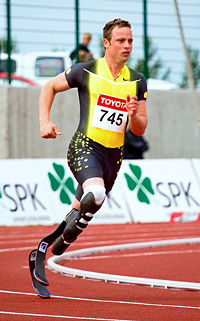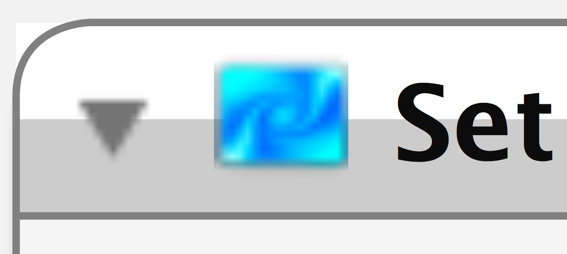Everyone wants to know the results of an election as soon as possible, including me. I will be spending tomorrow evening with friends, watching election results on live TV. I’ll be unhappy if a battle-ground state is slow to report, and I expect to know who the next president will be before I go to bed. But quick reporting of election results is in no way necessary, and in fact undermines our electoral system. We should put trustworthiness ahead of entertainment, and count votes deliberately.
According to the project triangle, you can do something quickly, you can do something cheaply, and you can do something well, but you can only do two out of three.
I propose that official tallies should not be released for 72 hours after polls close, by law. This gives us time to do voting right, and affordably.
A Hard Problem
Engineering a good voting system is a much harder problem then most people realize.
The system must be resistant to fraud by voters, and election officials, and the politicians on the ballot.
Voters must vote only once. But nobody can tie a particular vote to someone (that would allow voter intimidation and buying). But their vote must still be counted for the right candidate.
Tallies must be auditable (in case of a dispute a third party can re-count the votes). The whole system must be perceived as trustworthy and transparent by everyone.
Oh, and it has to scale to use by hundreds of millions of people on election day.
And all of this has to be built, and maintained, with very limited public funds.
This is a very hard problem already. Adding the extra requirement, “and final results must be ready two hours after polls close (so results can make prime-time TV)” would, in my opinion, make it an impossibly hard problem. Unfortunately, that is the direction we are moving.
No Need to Rush
Our electoral system was designed in an era when, cliché as it sounds, the pony express was the fastest way to communicate intra-nationally. Officials do not take office for several weeks after they have been voted-in. Delaying the certification of a successor until Friday would not incapacitate government. It’s always clear who the current officials are until new ones take office.
Of course, today we live in a faster, more connected, world. It could be argued that this means we have a modern need for instant results. Fortunately, this does not appear to be the case. The fallout of the Bush v Gore election in 2000 proved that society and government can function just fine for several weeks without knowing who won an election.
The Fear
Confidence in modern voting machines is rightly low. For the first time in nearly three decades, there will be a decline in the number of people casting their ballots electronically. Nobody (lobbyists aside) seems to really think that these voting machines are a working out for us, except that they do give “tallies” faster.
Personally, I am terrified of an all-electronic election. The reason is simple: it can’t be audited. Digital forensics just aren’t real enough. If someone stuffs a ballot box, they leave a trail of clues, down to the chemical composition of the paper. But there’s no record when bits are flipped to a crooked candidate. Any digital footprint can be faked. “Recounting” an electronic election would be pointless — asking the same program to run the same calculation, with the same data.
Of course, there are exotic solutions. It might be possible to develop a digital storage media that can only be written to once, and would record forensic information, like the time of each write. Unfortunately, none of these ideas sound remotely cost-effective. Which leaves….
Good old physical paper ballots. Slow, but sure, they are a proven technology that has earned our trust.
… then the Opposite of Progress is…
So why not simply mandate that paper ballots must be used for an election? Personally, I think that would give us a better election system then we have today. And it’s probably got a much better chance of happening then my idea of sitting on election results for three days.
But I don’t think it’s the best long-term solution. Historically, laws just don’t keep up with technology. And we have every indication that the pace of technological change is increasing. A little over seventy years ago, the Social Security Number was born. Today, we are stuck with them. I’m not convinced that paper will be the best medium for recording votes in 70 years.
Rather then dictating anachronistic implementations, it seems better to codify the right trade offs to make when designing a voting system. Then we can organically reap the benefits of advances in voting-technology, as we have historically.
The real problem is that we, as a voting public, are favoring quick results over reliable ones. This is a social problem, it is not a technological problem. It is best to directly address the social expectations, not the technological details.
But honestly… it will never happen. We like our prime-time TV and instant gratification too much. Withholding election results, even temporarily, feels too dictatorial. We can expect to get our votes counted faster every year. I just hope it’s not at the expense of counting them correctly.




